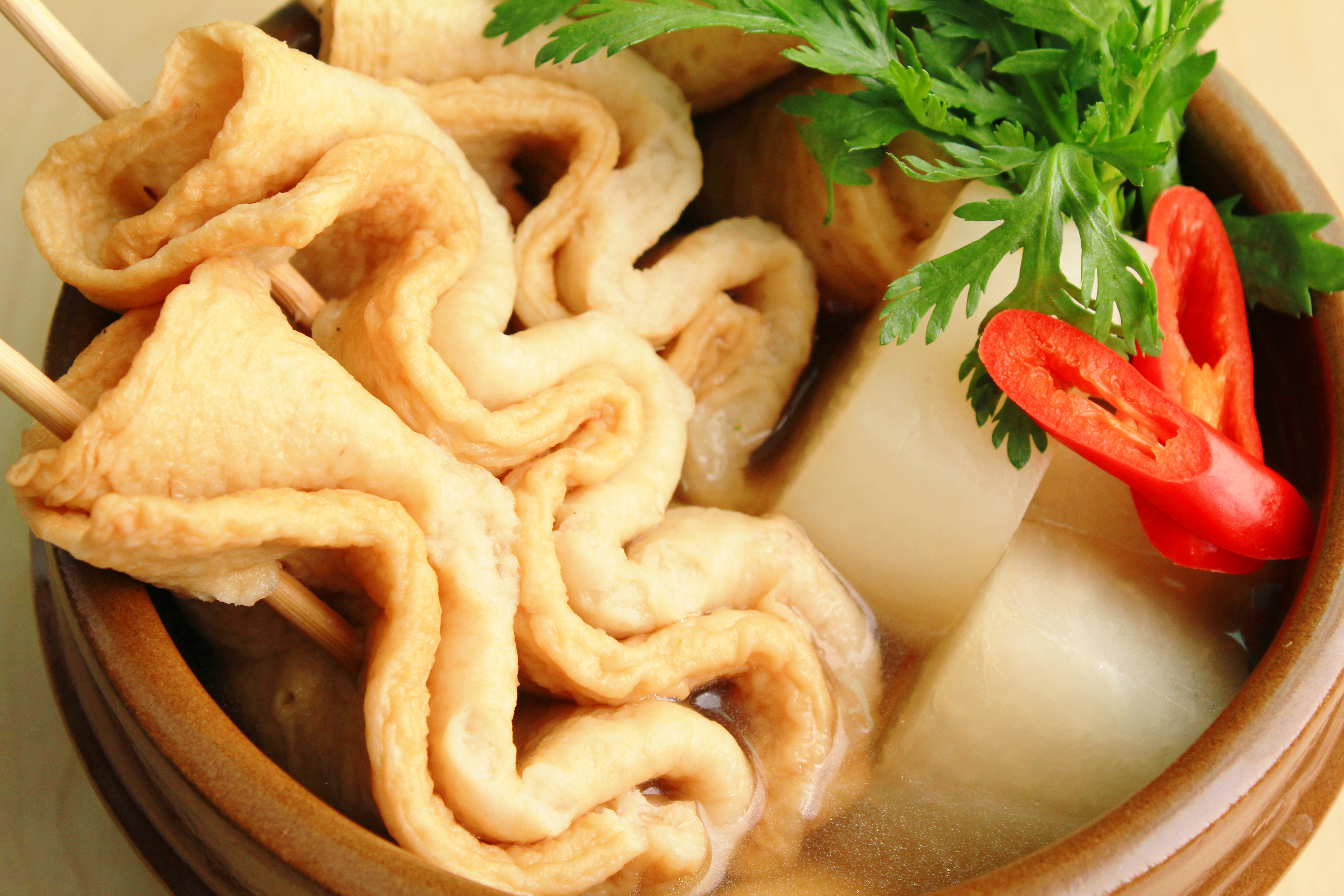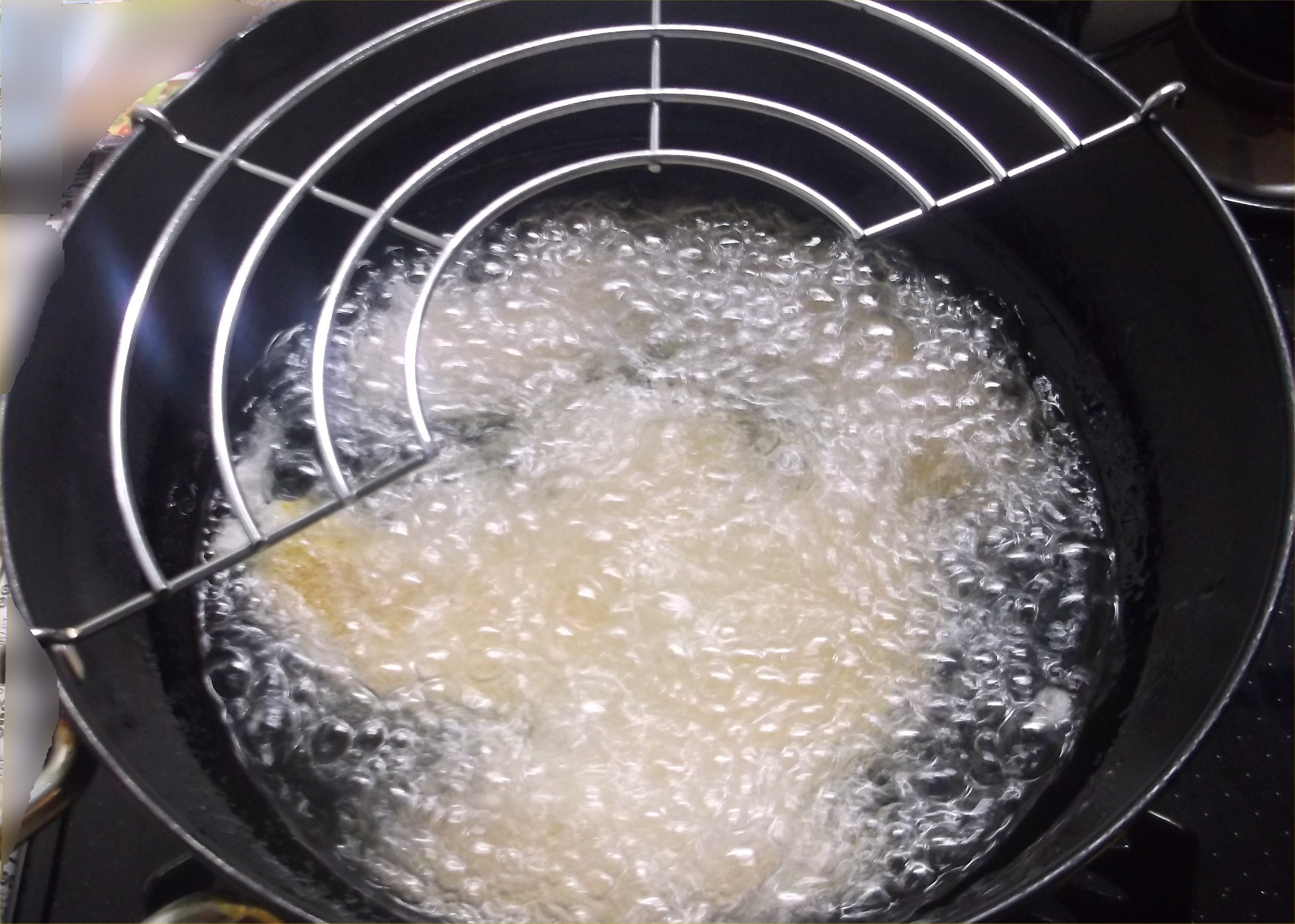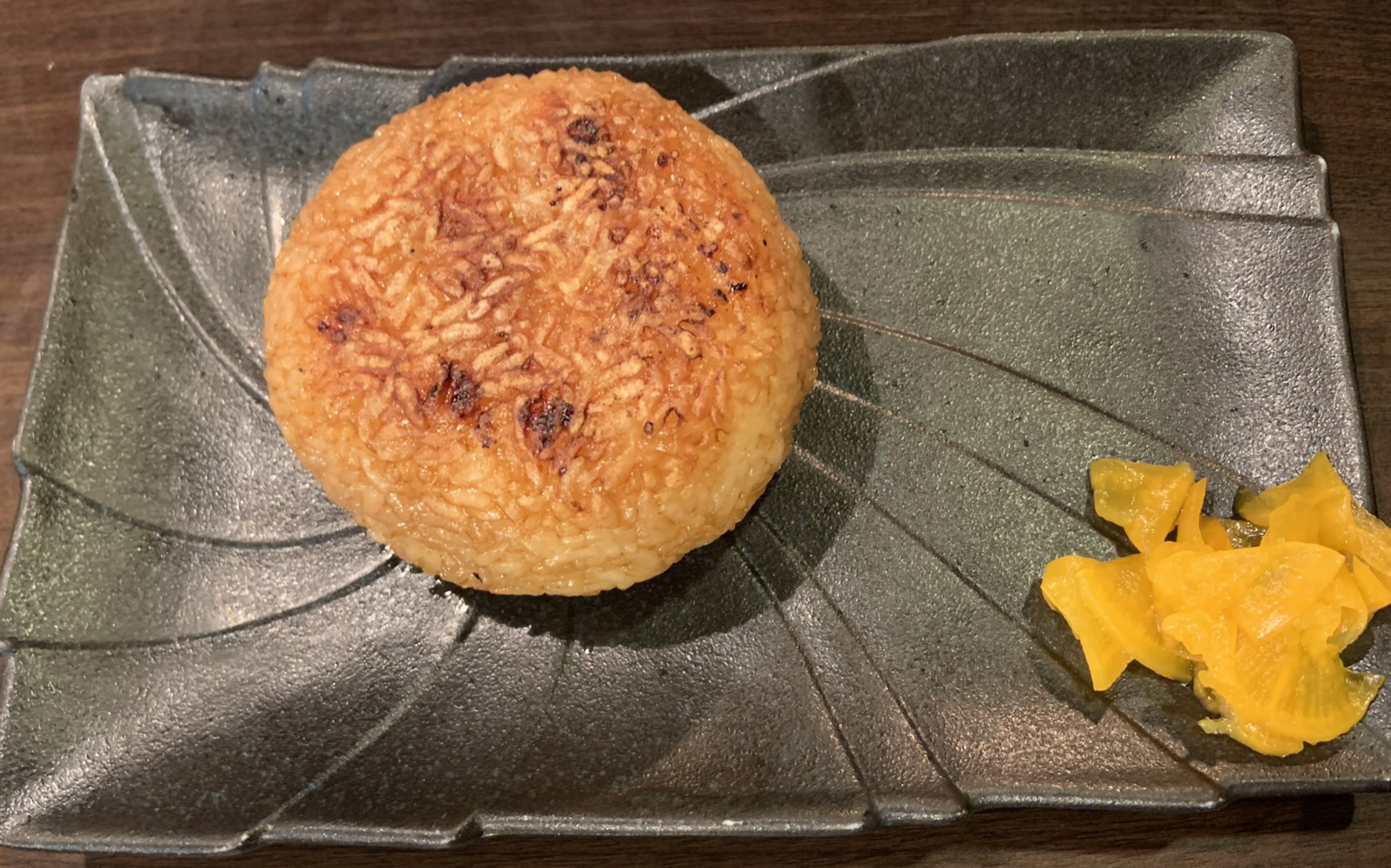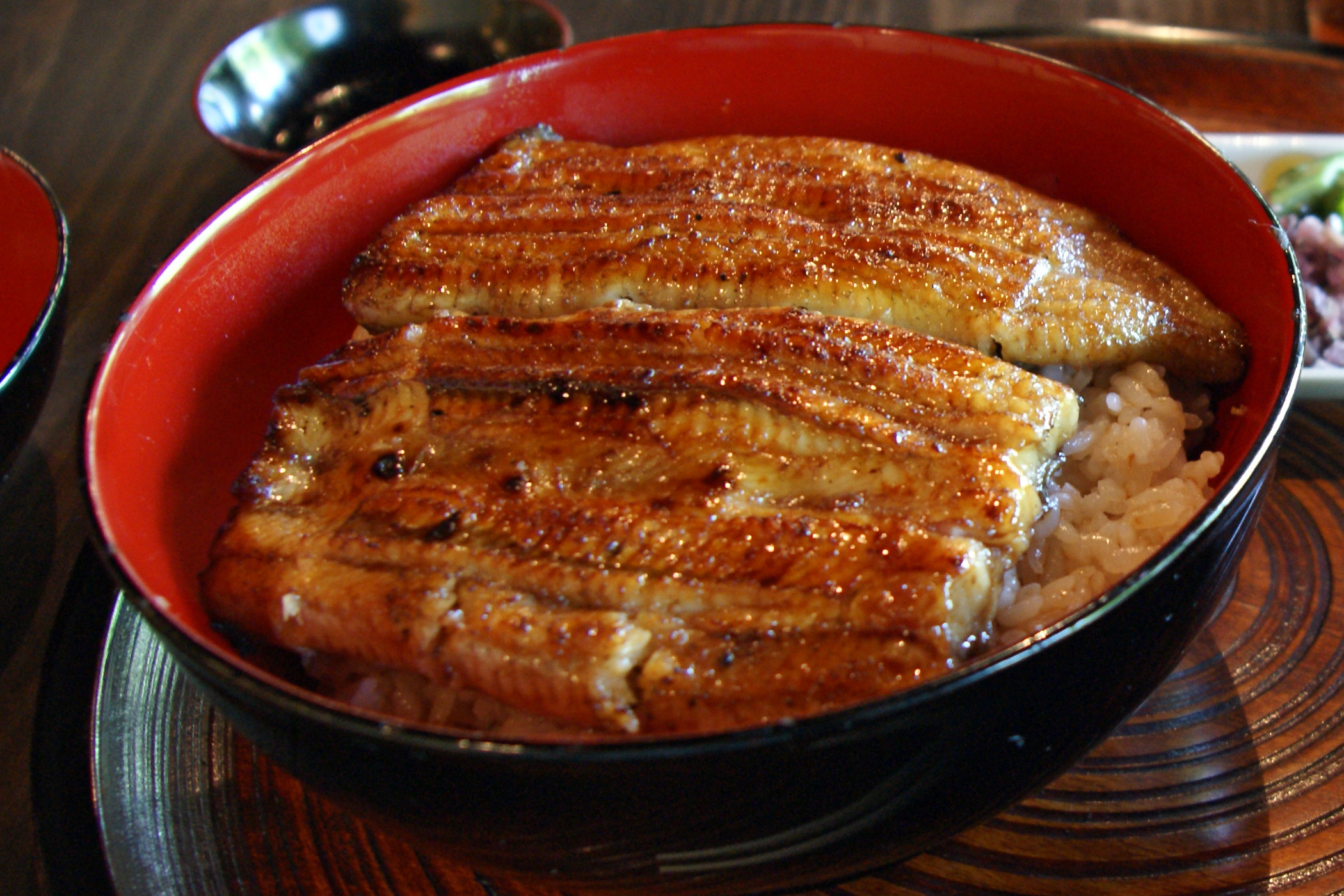|
Nagoya Cuisine
is a Japanese regional cuisine of the city of Nagoya and surrounding region in central Japan. Due to differences in culture, historical contact between other regions, climate, vegetables and other ingredients, Nagoya cuisine has unique features. Although many dishes derived from local tradition, Nagoya cuisine has been inspired by foreign cuisines such as Italian cuisine, Taiwanese cuisine, Indian cuisine, and mainland Chinese cuisine. Nagoya cuisine is typically seasoned with mame miso or tamari, the type of soy sauce made mainly in the Chūbu region. These condiments give strong taste to Nagoya cuisine. Nagoya kōchin is traditional ingredient of Nagoya cuisine. Shrimp is another specialty. Dishes inspired by foreign food, like various local spaghetti dishes and "Taiwanese" noodles has become an increasingly significant part of Nagoya cuisine. Local dishes include: * ''Tebasaki'': chicken wings marinated in a sweet sauce with sesame seeds, basically a type of ''yak ... [...More Info...] [...Related Items...] OR: [Wikipedia] [Google] [Baidu] |
Japanese Regional Cuisine
Japanese cuisine has a vast array of regional specialities known as ''kyōdo ryōri'' (郷土料理) in Japanese, many of them originating from dishes prepared using local ingredients and traditional recipes. Accessed July 2011. While "local" ingredients are now available nationwide, and some originally regional dishes such as and Edo-style have spread throughout Japan and are no longer considered as such, many regional specialities s ... [...More Info...] [...Related Items...] OR: [Wikipedia] [Google] [Baidu] |
Oden
is a type of nabemono (Japanese one-pot dishes), consisting of several ingredients such as boiled eggs, daikon, konjac, and processed fishcakes stewed in a light, soy-flavored dashi broth. Oden was originally what is now commonly called ''misodengaku'' or simply ''dengaku''; konjac (''konnyaku'') or tofu was boiled and eaten with miso. Later, instead of using miso, ingredients were cooked in dashi, and oden became popular. Ingredients vary according to region and between each household. Karashi is often used as a condiment. Oden is often sold from food carts, though some izakayas and several convenience store chains also serve it, and dedicated oden restaurants exist. Many different varieties are sold, with single-ingredient dishes sometimes as cheap as 100 yen. While it is usually considered a winter food, some carts and restaurants offer oden year-round. Many of these restaurants keep their broth as a master stock, replenishing it as it simmers to let the flavor de ... [...More Info...] [...Related Items...] OR: [Wikipedia] [Google] [Baidu] |
Daikon
Daikon or mooli, ''Radish, Raphanus sativus'' Variety (botany), var. ''longipinnatus,'' is a mild-flavored winter radish usually characterized by fast-growing leaves and a long, white, root. Originally native to continental East Asia, daikon is harvested and consumed throughout the region, as well as in South Asia, and is available internationally. In some locations, daikon is planted for its ability to break up compacted soils and recover nutrients, but is not harvested. Names In culinary contexts, ''daikon'' ( ja, 大根, lit=big root) or are the most common names in all forms of English. British India, Historical ties to South Asia permit ''mooli'' () as a general synonym in English. The generic terms white radish, winter radish, Oriental radish, long white radish, and other terms are also used. Other synonyms usually vary by region or describe #Varieties, regional varieties of the vegetable. When it is necessary to distinguish the usual Japanese form from others, it is ... [...More Info...] [...Related Items...] OR: [Wikipedia] [Google] [Baidu] |
Tsu, Mie
is a city located in Mie Prefecture, Japan. , the city had an estimated population of 274,879 in 127,273 households and a population density of 390 persons per km². The total area of the city is . Although the second largest city in the prefecture in terms of population, its designation as the prefectural capital and its holding of a large concentration of national government offices and educational facilities make the city the administrative and educational center of Mie Prefecture. Geography Tsu is located in east-central Kii Peninsula, in central Mie Prefecture. It is the largest city in Mie Prefecture in terms of area and stretches the width of Mie Prefecture, and is bordered by Ise Bay on the Pacific Ocean to the east, and Nara Prefecture to the west. Parts of the city are within the limits of the Murō-Akame-Aoyama Quasi-National Park. Neighboring municipalities * The city of Suzuka, to the north * The city of Kameyama, to the north * The city of Matsusaka, to the ... [...More Info...] [...Related Items...] OR: [Wikipedia] [Google] [Baidu] |
Tempura
is a typical Japanese dish usually consisting of seafood, meat and vegetables that have been battered and deep fried. The dish was introduced by the Portuguese in Nagasaki through fritter-cooking techniques in the 16th century. The word ''tempura'' comes from the Latin word , a term referring to times of fasting when the church dictated that Catholics go meatless. Preparation Batter A light batter is made of iced water, eggs, and soft wheat flour (cake, pastry or all-purpose flour). Sometimes baking soda or baking powder is added to make the fritter light. Using sparkling water in the place of plain water makes a similar effect. Tempura batter is traditionally mixed in small batches using chopsticks for only a few seconds, leaving lumps in the mixture that, along with the cold batter temperature, result in the unique fluffy and crisp tempura structure when cooked. The batter is often kept cold by adding ice or placing the bowl inside a larger bowl with ice. Overmixing the ba ... [...More Info...] [...Related Items...] OR: [Wikipedia] [Google] [Baidu] |
Nori
Nori is a dried edible seaweed used in Japanese cuisine, made from species of the red algae genus ''Pyropia'', including ''P. yezonesis'' and '' P. tenera''. It has a strong and distinctive flavor, and is often used to wrap rolls of sushi or ''onigiri'' (rice balls). The finished dried sheets are made by a shredding and rack-drying process that resembles papermaking. They are sold in packs in grocery stores for culinary purposes. Since nori sheets easily absorb water from the air and degrade, a desiccant is needed when storing nori for any significant time. History Originally, the term ''nori'' was generic and referred to seaweeds, including ''hijiki''. One of the earliest descriptions of nori is dated to around the eighth century. In the Taihō Code that was enacted in 701, ''nori'' already was included in the form of taxation. Local people were described as drying nori in Hitachi Province fudoki (721–721), and harvesting of nori was mentioned in Izumo Province fudoki ... [...More Info...] [...Related Items...] OR: [Wikipedia] [Google] [Baidu] |
Onigiri
, also known as , , or rice ball, is a Japanese food made from white rice formed into triangular or cylindrical shapes and often wrapped in ''nori''. Traditionally, an onigiri is filled with pickled ume (''umeboshi''), salted salmon, katsuobushi, kombu, tarako, mentaiko, takanazuke (pickled ''takana'', Japanese giant red mustard greens) or any other salty or sour ingredient as a natural preservative. Most Japanese convenience stores stock their onigiri with various fillings and flavors. There are even specialized shops which only sell onigiri to take out. Due to the popularity of this trend in Japan, onigiri has become a popular staple in Japanese restaurants worldwide. Despite common misconceptions, onigiri is not a form of sushi and should not be confused with the type of sushi called ''nigirizushi'' or simply ''nigiri''. Onigiri is made with plain rice (sometimes lightly salted), while sushi is made of rice with vinegar, sugar and salt. Onigiri makes rice portable and easy ... [...More Info...] [...Related Items...] OR: [Wikipedia] [Google] [Baidu] |
Tenmusu
Tenmusu, also spelled as ten-musu, is a dish in Japanese cuisine that consists of a rice ball wrapped with nori that is filled with deep-fried tempura shrimp. Tenmusu is sometimes included as a food in bento boxes. History Tenmusu originated in the Mie prefecture region of Japan. In contemporary times, it is regarded as a specialty dish of Nagoya, located in the Chūbu region of Japan, and is a part of Nagoya cuisine. See also * List of Japanese dishes * List of rice dishes * List of shrimp dishes * Onigiri , also known as , , or rice ball, is a Japanese food made from white rice formed into triangular or cylindrical shapes and often wrapped in ''nori''. Traditionally, an onigiri is filled with pickled ume (''umeboshi''), salted salmon, katsuob ... References External links Tenmusu Recipe Japanese Cooking 101. {{Japanese food and drink, state=autocollapse Japanese cuisine Japanese rice dishes Shrimp dishes ... [...More Info...] [...Related Items...] OR: [Wikipedia] [Google] [Baidu] |
Uirō
''Uirō'' (Japanese: , , ), also known as , is a traditional Japanese steamed cake made of glutinous rice flour and sugar. It is chewy, similar to ''mochi'', and subtly sweet. Flavors include azuki bean paste, green tea (matcha), ''yuzu'', strawberry and chestnut. Nagoya is particularly famous for its ''uirō'', and there are other regional versions, notably in Yamaguchi and Odawara, although Odawara's ''uirō'' is better known as a medicine. It can be purchased in traditional Japanese confectionery shops throughout Japan. ''Uirō'' was originally the name of a medicine in the Muromachi period (1336–1573). References to ''uirō'' as a confection first appear in the ''Wa-Kan Sansai Zue'', Ryōan Terajima's massive Edo-period dictionary published in 1712. See also *Japanese cuisine *List of steamed foods *''Wagashi are traditional Japanese confections that are often served with green tea, especially the types made of ''mochi'', ''anko'' ( azuki bean paste), an ... [...More Info...] [...Related Items...] OR: [Wikipedia] [Google] [Baidu] |
Sashimi
is a Japanese delicacy consisting of fresh raw fish or meat sliced into thin pieces and often eaten with soy sauce. Origin The word ''sashimi'' means "pierced body", i.e. "刺身" = ''sashimi'', where 刺 し = ''sashi'' (pierced, stuck) and 身 = ''mi'' (body, meat). This word dates from the Muromachi period and was possibly coined when the word " 切る" = ''kiru'' (cut), the culinary step, was considered too inauspicious to be used by anyone other than samurai. This word may derive from the culinary practice of sticking the fish's tail and fin to the slices for the purpose of identifying the fish being eaten. Another possibility for the name is the traditional method of harvesting. "''Sashimi''-grade" fish is caught by individual handline. As soon as the fish is landed, its brain is pierced with a sharp spike, and it is placed in slurried ice. This spiking is called the ikejime process, and the instantaneous death means that the fish's flesh contains a minimal amount o ... [...More Info...] [...Related Items...] OR: [Wikipedia] [Google] [Baidu] |
Chazuke
''Chazuke'' (茶漬け, ちゃづけ) or ''ochazuke'' ( お 茶 漬 け, from ( o)''cha'' ' tea' + ''tsuke'' 'submerge') is a simple Japanese dish made by pouring green tea,Seductions of Rice – Jeffrey Alford, Naomi Duguid p. 213. , or hot water over cooked . ''Chazuke'' provides a good way to use leftover rice as a quick snack because this dish is easy to make. In |
Unadon
is a dish originating in Japan. It consists of a '' donburi'' type large bowl filled with steamed white rice, and topped with fillets of eel (''unagi'') grilled in a style known as ''kabayaki'', similar to teriyaki. The fillets are glazed with a sweetened soy-based sauce, called ''tare'' and caramelized, preferably over charcoal fire. The fillets are not flayed, and the grayish skin side is placed faced down., p.63 Sufficient ''tare'' sauce is poured over so that some of it seeps through the rice underneath. By convention, pulverized dried berries of sanshō (called Japanese pepper, although botanically unrelated) are sprinkled on top as seasoning. It is also very popular outside of Japan, particularly in Taiwan and the United States. Variations Variations include ''unajū'' (鰻重, the same dish served in ''jūbako'' (重箱), food boxes often lacquered), ''nagayaki'' (長焼き, the eel and rice are served separately), and ''hitsumabushi'' (ひつまぶし). There are two s ... [...More Info...] [...Related Items...] OR: [Wikipedia] [Google] [Baidu] |








.jpg)

